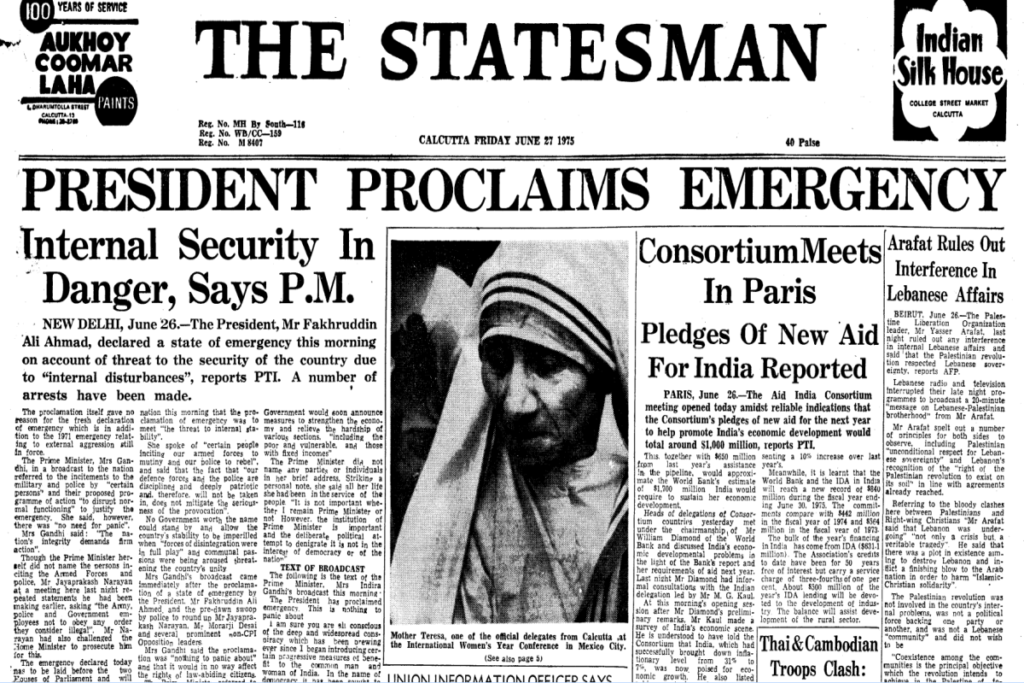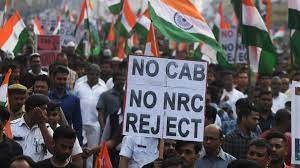Dissent has been a powerful tool for change in India’s political history, from the time of Mahatma Gandhi to the recent farmers’ protests. The ability to voice dissent, protest, and challenge the status quo is a fundamental feature of democracy.
In India, dissent has been a significant factor in driving change, whether it’s against colonialism, authoritarianism or neo-liberal policies. In this article, we’ll take a look at the power of dissent in Indian politics and how it has shaped the nation’s history.
Also read: Bollywood’s Biggest Scandals
Indian Politics: Mahatma Gandhi and the Salt March
Mahatma Gandhi’s Salt March in 1930 is a prime example of how dissent can bring about significant change. The Salt March was a nonviolent protest against the British monopoly on salt production, which was seen as a symbol of British imperialism.

Gandhi led a group of followers on a 240-mile march to the Arabian Sea, where they made their own salt by evaporating seawater. The Salt March drew international attention and put pressure on the British colonial authorities, eventually leading to the Salt Satyagraha campaign and, eventually, India’s independence.
Indian Politics – The Emergency
India’s darkest chapter in terms of political dissent was the Emergency, which lasted from 1975 to 1977. Indira Gandhi, the then-prime minister, declared a state of emergency, suspending civil liberties and arresting political opponents. The Emergency was a blatant attack on democracy and the power of dissent.

The movement to oppose the Emergency was led by the likes of Jayaprakash Narayan, who called for a “total revolution” against the government. The Emergency was lifted in 1977, and the opposition parties won a landslide victory in the general elections that followed.
Also read: Controversial Gurus and Spiritual Leaders in India
The Mandal Commission Protests
The Mandal Commission was set up in 1979 to identify socially and educationally backward communities in India and recommend affirmative action policies to improve their condition. When the report was finally released in 1990, it recommended reserving 27% of government jobs for Other Backward Classes (OBCs).

This decision led to massive protests by upper-caste students, who saw it as a threat to their prospects. The Mandal Commission protests were a powerful display of dissent by the OBCs, who had long been marginalized in Indian society. The decision to implement the Mandal Commission recommendations was a significant step towards a more equitable society.
The Anti-Citizenship Amendment Act Protests
The Citizenship Amendment Act (CAA) was passed in 2019, granting citizenship to non-Muslim refugees from neighbouring countries. The CAA was seen as discriminatory and unconstitutional, and it led to widespread protests across the country.

The protests were led by students and civil society groups, who saw the act as an attack on India’s secular identity. The protests were marked by police violence and brutality, but they continued to grow in strength, eventually leading to the Supreme Court’s intervention. While the CAA has not been repealed, the protests were a powerful display of dissent against authoritarianism and bigotry.
The Farmers’ Protests
The most recent example of dissent in Indian politics is the ongoing farmers’ protests against three farm laws passed by the government in 2020. The laws seek to deregulate the agricultural sector, which has been a cornerstone of India’s economy for decades.

The farmers see the laws as a threat to their livelihoods and have been protesting at the borders of Delhi for over a year. The farmers’ protests have drawn international attention and support, and they represent a powerful challenge to the government’s neo-liberal policies.
Conclusion
Dissent has been a constant feature of Indian politics, from the time of Mahatma Gandhi to the present day. Whether it’s against colonialism, authoritarianism, or neo-liberal policies, the power of dissent has been a driving force in shaping the nation’s history. The examples mentioned above demonstrate how dissent has been used to challenge the status quo, demand justice, and create a more equitable society.
In a democracy, dissent is not only a right but also a responsibility. It allows citizens to hold their government accountable and demand change when needed.
However, dissent is often met with resistance from those in power, as seen in the police violence and brutality during the CAA and farmers’ protests. It is essential to recognize the power of dissent and protect the rights of citizens to voice their opinions without fear of reprisal.
In conclusion, the power of dissent in Indian politics is a testament to the resilience and strength of Indian democracy. From Mahatma Gandhi’s Salt March to the ongoing farmers’ protests, dissent has been a force for change and a reminder that democracy is not just about voting but also about speaking up for what is right.
It is up to all of us to continue to use the power of dissent to make India a more just, equitable, and democratic society.
Read Next: Dark Side of Bollywood



